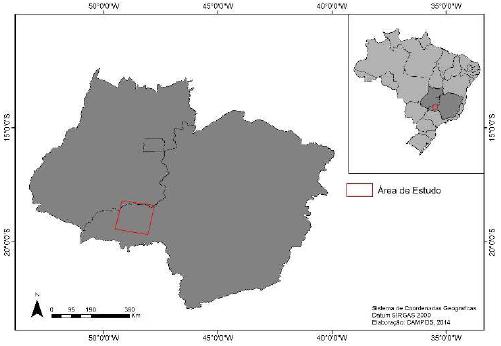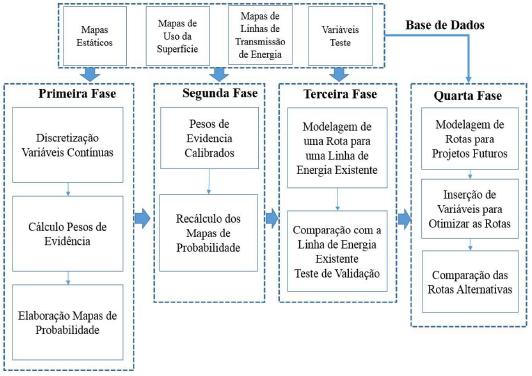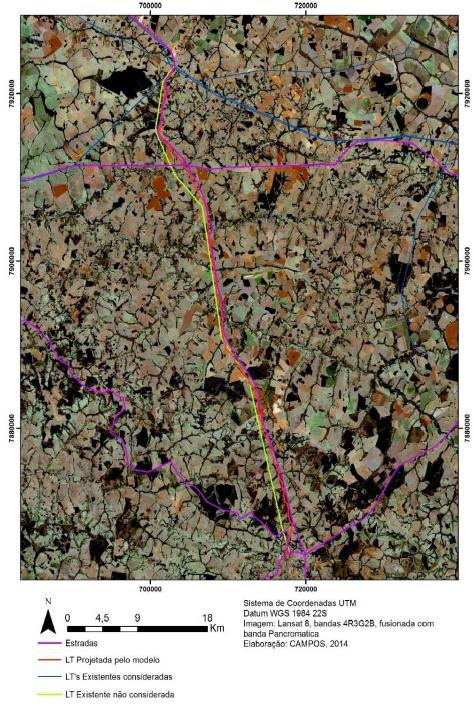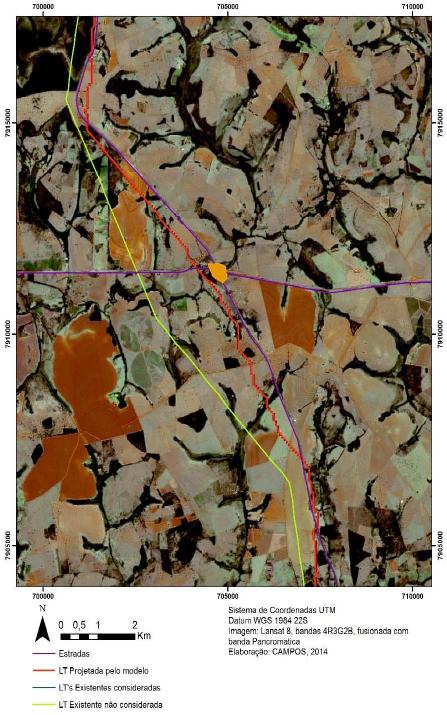The need for expansion of the electricity sector requires constant improvement for designing methods and project developments, such as electricity transmission lines. The dissemination of geoinformation technology supports the modernization of the process, yet the preservation of tacit knowledge is a key challenge to be considered. The patterns resulting from projects implemented in the past can be found in the landscape. This paper hypothesizes the use of geotechnologies to extract the tacit knowledge from linear engineering projects printed in the landscape through landscape analysis, therefore use the information in a multicriterial decision framework towards modeling new corridors for transmission lines of electricity. This procedure can represent an opportunity for establishing metrics for interfacing new technologies and productivity gains to modernize the planning process of the sector of energy distribution. This research is based on a multi-temporal analysis. The model developed is dynamic and geographically explicit in order to recognize not only the spatial occurrence pattern of the phenomenon, but also the variation along their history. This study employs robust methodologies, such as Weight of Evidence and Least Costly Path to study the spatial pattern of the energy transmission lines implementation across the landscape. The results demonstrate the feasibility of GIS and landscape analysis, as well as the possibility of identifying geographic variables not considered in the existing regulation, and indicate preferable locations for new corridors.
Electricity Transmission Lines; Tacit Knowledge; Landscape Analysis; Environment Analysis












